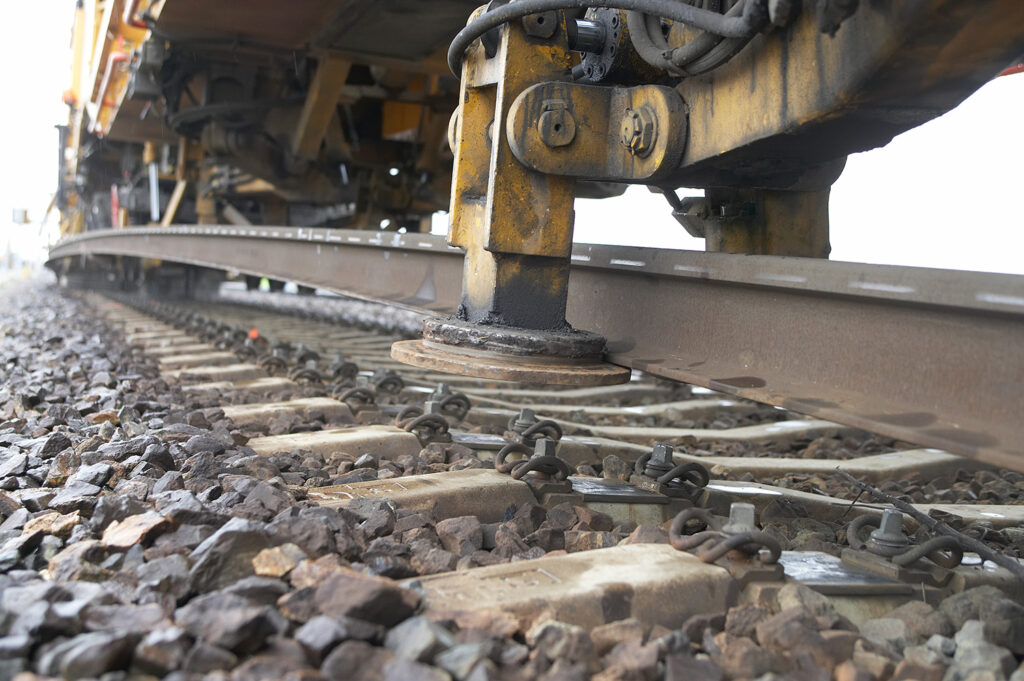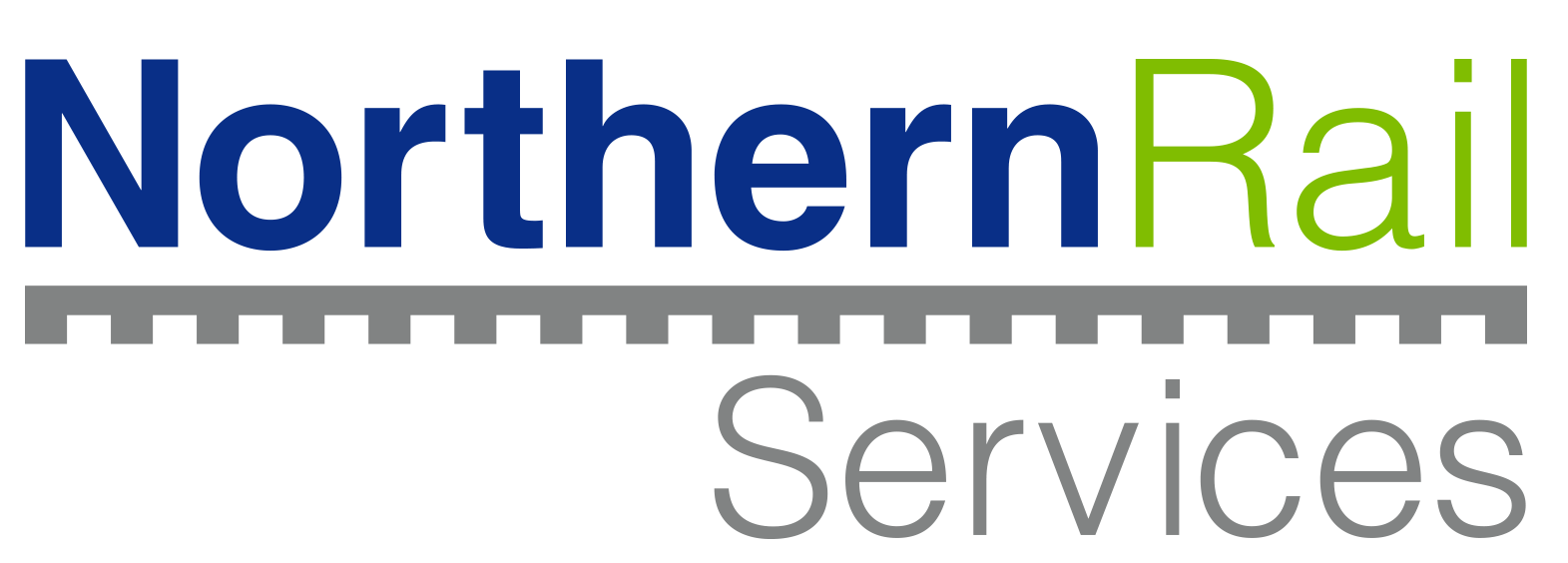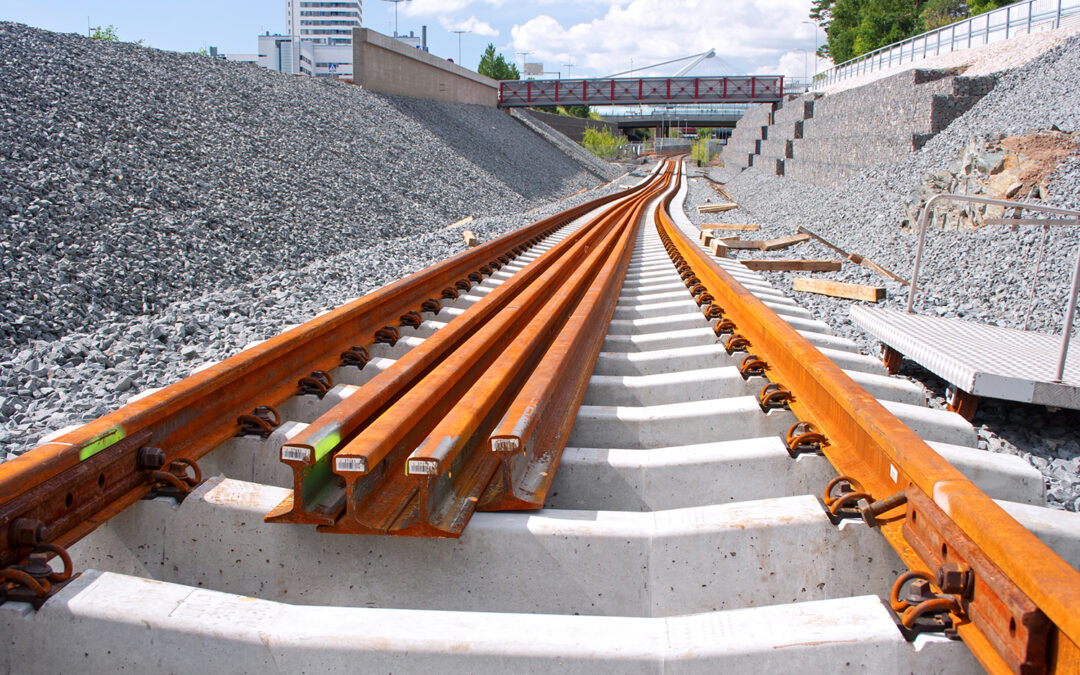Your Guide to Railroad Construction: It’s funny; we see railroads across the United States. Depending on your town or city, you might see more or less of it, but trains have always been a persistent feature of the American landscape. Trains and railways have so long been in the backdrop of Americana that many of us simply take them for granted.
However, the engineering and construction of our railroads are still a marvel, employing a combination of old and new engineering concepts to keep our trains running, and running safely. We thought we’d provide a high-level guide to how railroad construction is done today. You might be surprised to know that, while many of the design and construction tools have evolved, the fundamental process hasn’t changed much from the time when the first railroad spike was installed by hand.
Grading & Drainage Come First
Any construction job, no matter how big or small should begin with grading and drainage, even that garden shed you are thinking about putting in your backyard. The purpose of grading is to ensure that what you built is built on both firm and level ground; both are needed to ensure the thing you intend to build stays upright and plumb.
Drainage and grading go together but serve different purposes. While grading is all about being straight and level, drainage is about ensuring there is a reasonable path for water to travel. This can even mean building at a slight slope. In railroad construction, we typically grade using sub-ballast and ballast. For drainage, we use a combination of pipes, drains, and retention basins. These systems ensure that even during heavy rain, tracks will not flood.
Bottom & Top Ballast Add Structure & Malleability
Ballast is the first step to ensuring that your track is both level, stable, and flexible enough to withstand the massive forces applied to the track. Believe it or not, trains aren’t the only things applying astronomical forces to track. Weather and temperature can cause the track to flex (heat makes metal expand, cold makes it contract), so applying ballast in the right amounts allows the track to move slightly. First to be added is “bottom ballast”, which is made primarily of coarse sand.
Next, top ballast is added, which is a substrate of small, irregularly shaped rock. This rock serves as a firm and forgiving layer for the rail to sit on. The irregular shape of the rock is important—as the rock vibrates from the regular use of the railway, this rock will naturally lock together, creating an even more substantial foundation for the rail. It’s not uncommon for engineers to lay more top ballast on new rail has been used a few times because the vibration of the track will “lock” the original top ballast, condensing it in the process.
The combination of the softer, denser bottom ballast and the hard, interlocked top ballast provides a firm yet malleable foundation for rail.

Crossties Are Laid on the Top Ballast
As we mentioned earlier, crossties, otherwise known as sleepers, are laid on top of the top ballast, which is made of small, irregular rocks. Crossties are exactly what you think—the wooden pieces that span from the left and right rail. Crossties are still installed manually in some places but can also be laid by a machine. It’s at this point that railway spikes and/or chair screws are added to the crossties.
Rail is Fastened with Spikes
Finally, it’s time to add rail. Rail is lowered over the crossties and fastened to the already-laid railway fasteners (this can be spikes, chair screws, or a combination of the two.) While much of the work is already complete, laying rail is just as important as the rest of the railroad construction process. It’s up to the railway engineers to figure out how long a continuous track should be and where to space rail joints, which join separate pieces of track together as one larger piece.
There are many design factors to consider when laying track. External factors like wear and tear and temperature can have a big impact on track if the track isn’t built to accommodate these factors.
More Top Ballast is Laid
Lastly, as the last of the track is laid, more top ballast is installed to partially cover the cross ties and keep them secure. As we mentioned earlier, as a few trains travel this new expanse of track, more top ballast will be needed due to settlement. Settlement is a good thing—it means the rocky top ballast is doing its job by interlocking and establishing a secure base around the track.
We left out many of the intricacies as well as the engineering and technical challenges that come along with the installation of any expanse of track, no matter how short. This is meant as a “high-level” guide to allow you to picture the process.
Are you interested in our railroad construction services? We offer railroad construction, among other services, across New England. Reach out to us today.

